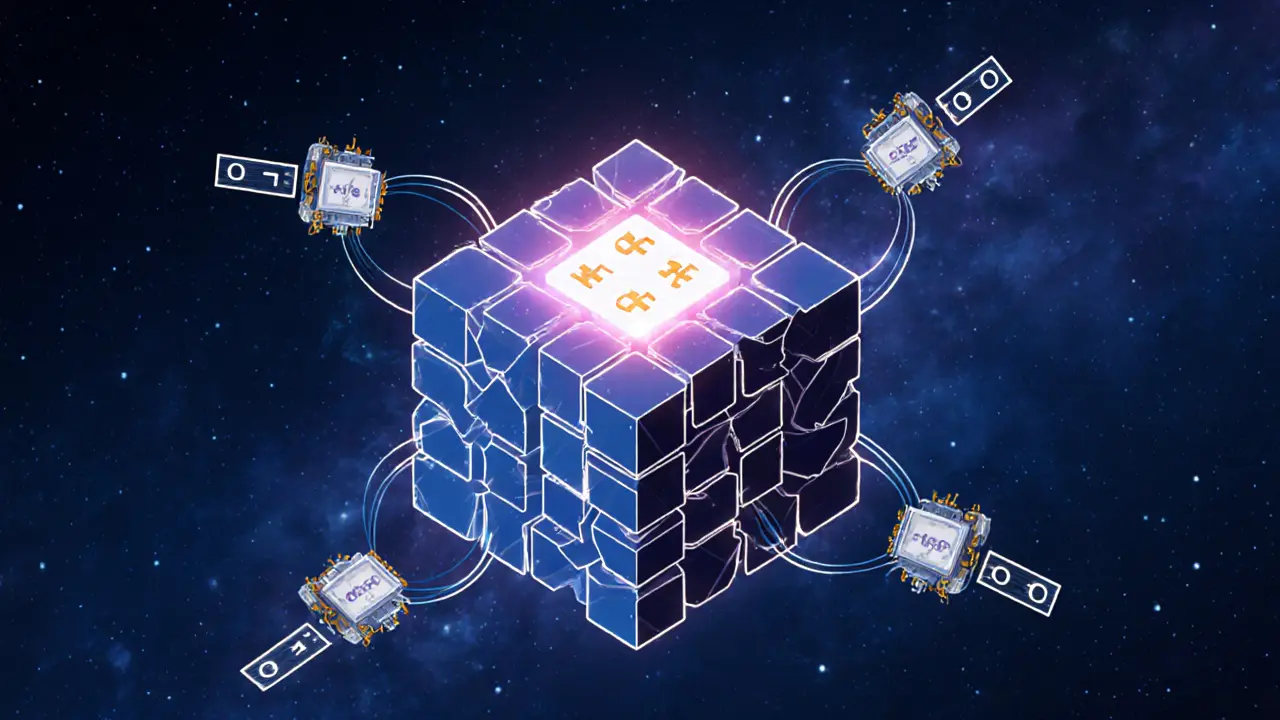Blockchain Consensus: How Networks Agree on Truth Without Central Control
When you send Bitcoin or swap tokens on a decentralized exchange, no bank approves it. No government verifies it. Instead, blockchain consensus, the system that lets thousands of computers agree on one version of truth without a central authority. Also known as distributed consensus, it’s the invisible glue holding crypto together. Without it, your wallet balance could be changed by anyone—and you’d have no way to prove it wasn’t.
There are different ways to reach this agreement, and the two biggest are proof of work, the original method used by Bitcoin where miners solve complex math puzzles to add blocks and proof of stake, a more energy-efficient system where validators are chosen based on how much crypto they lock up. Proof of work is like a digital gold rush—expensive, slow, but battle-tested. Proof of stake is more like a shareholder vote: the more you have at stake, the more say you get. Ethereum switched to proof of stake in 2022, cutting its energy use by 99.95%. That’s not a minor tweak—it’s a revolution.
These systems don’t just protect money. They protect trust. When you see a transaction confirmed on a blockchain, it’s not because a company said so—it’s because hundreds or thousands of machines independently checked it and agreed. That’s why scams like fake exchanges (Greenhouse, GemSwap) fail: they can’t replicate this decentralized verification. Even KYC rules, which force users to prove their identity, rely on the underlying blockchain consensus to make sure those identities aren’t forged later. And when governments crack down on crypto mining, like in Iran, they’re not just fighting energy use—they’re fighting the very idea that consensus can exist outside state control.
What you’ll find below aren’t just articles about coins or exchanges. They’re real-world stories of how blockchain consensus shapes everything: from why some tokens have zero trading volume (WenPad Labs, Zayedcoin) to why exchanges like RabbitX can operate without KYC (because the network enforces rules, not a CEO). You’ll see how consensus failures lead to abandoned projects, how security depends on it, and why understanding it keeps you from losing money to fake platforms. This isn’t theory. It’s the foundation of every crypto decision you make.
What Is Proof of Work in Blockchain? A Clear Breakdown of How It Secures Bitcoin and Other Cryptocurrencies
Proof of Work is the original consensus mechanism behind Bitcoin that secures the blockchain by requiring miners to solve complex math puzzles. It's energy-intensive but proven secure over 15+ years, making it ideal for digital gold, though alternatives like Proof of Stake are now dominant in other areas.
learn moreFuture of Validator Networks in Blockchain Technology
Validator networks are the backbone of modern blockchains, replacing energy-heavy mining with secure, stake-based consensus. Learn how they work, who runs them, and what’s next for Ethereum, Solana, and beyond.
learn more
